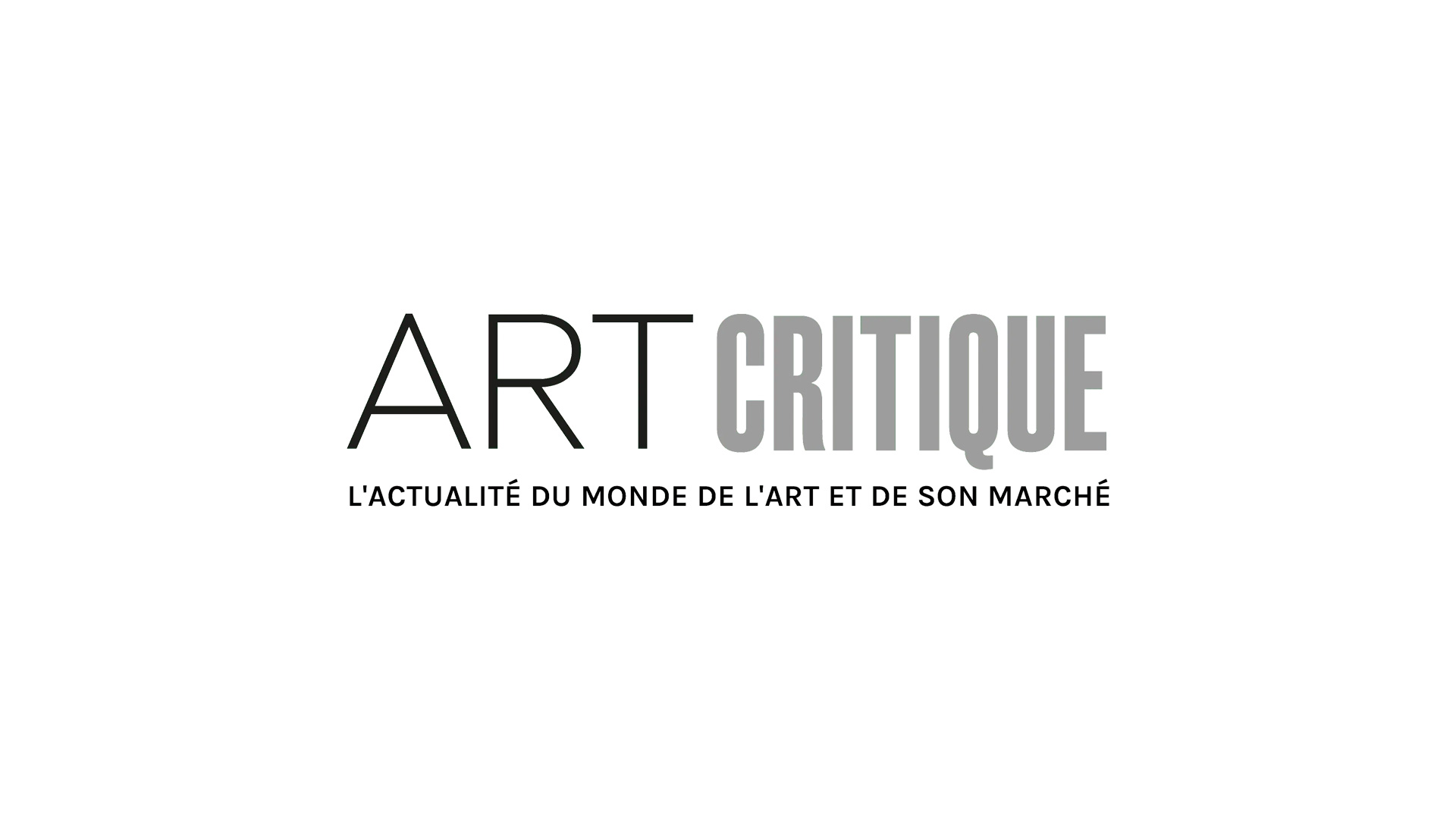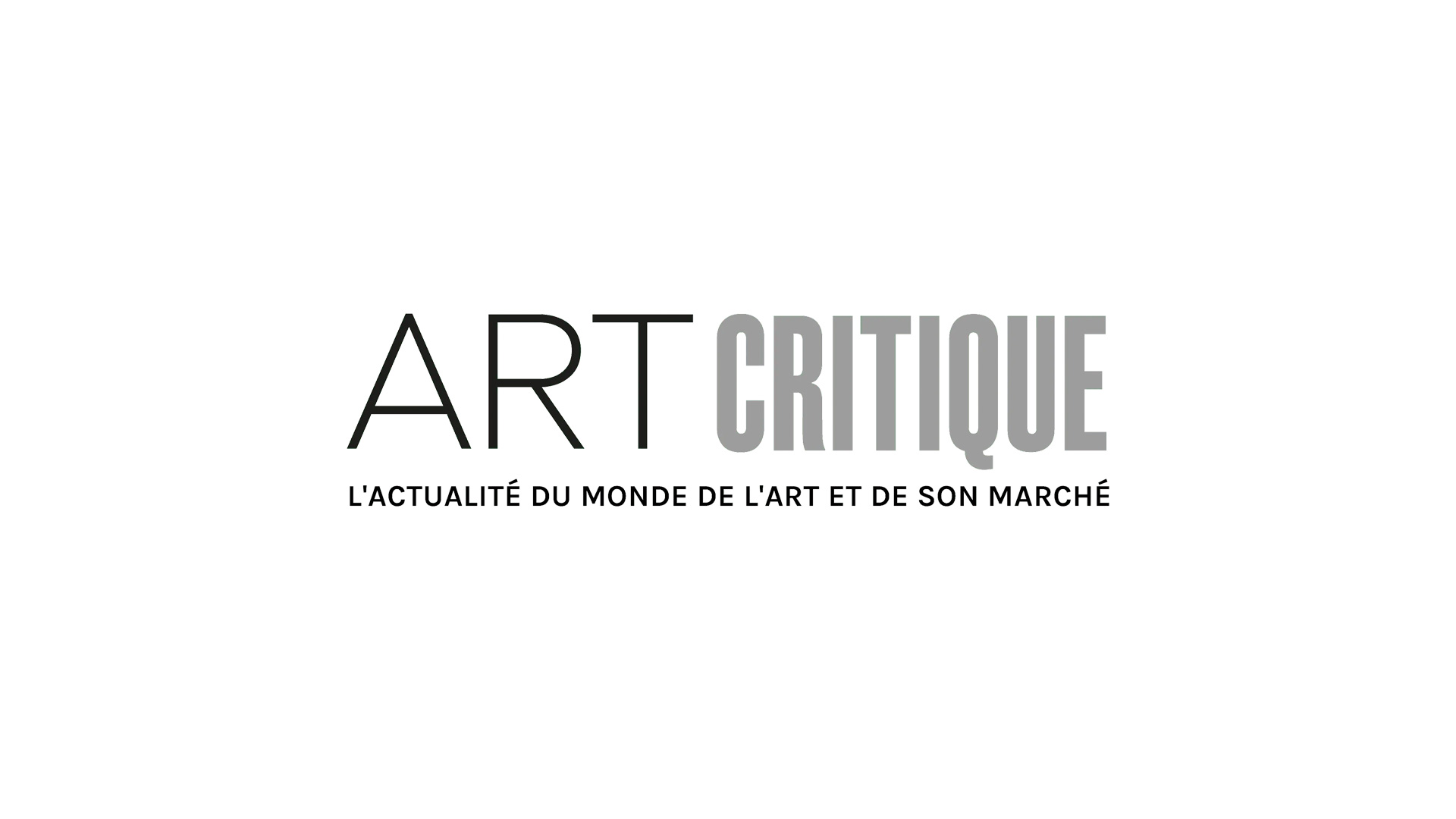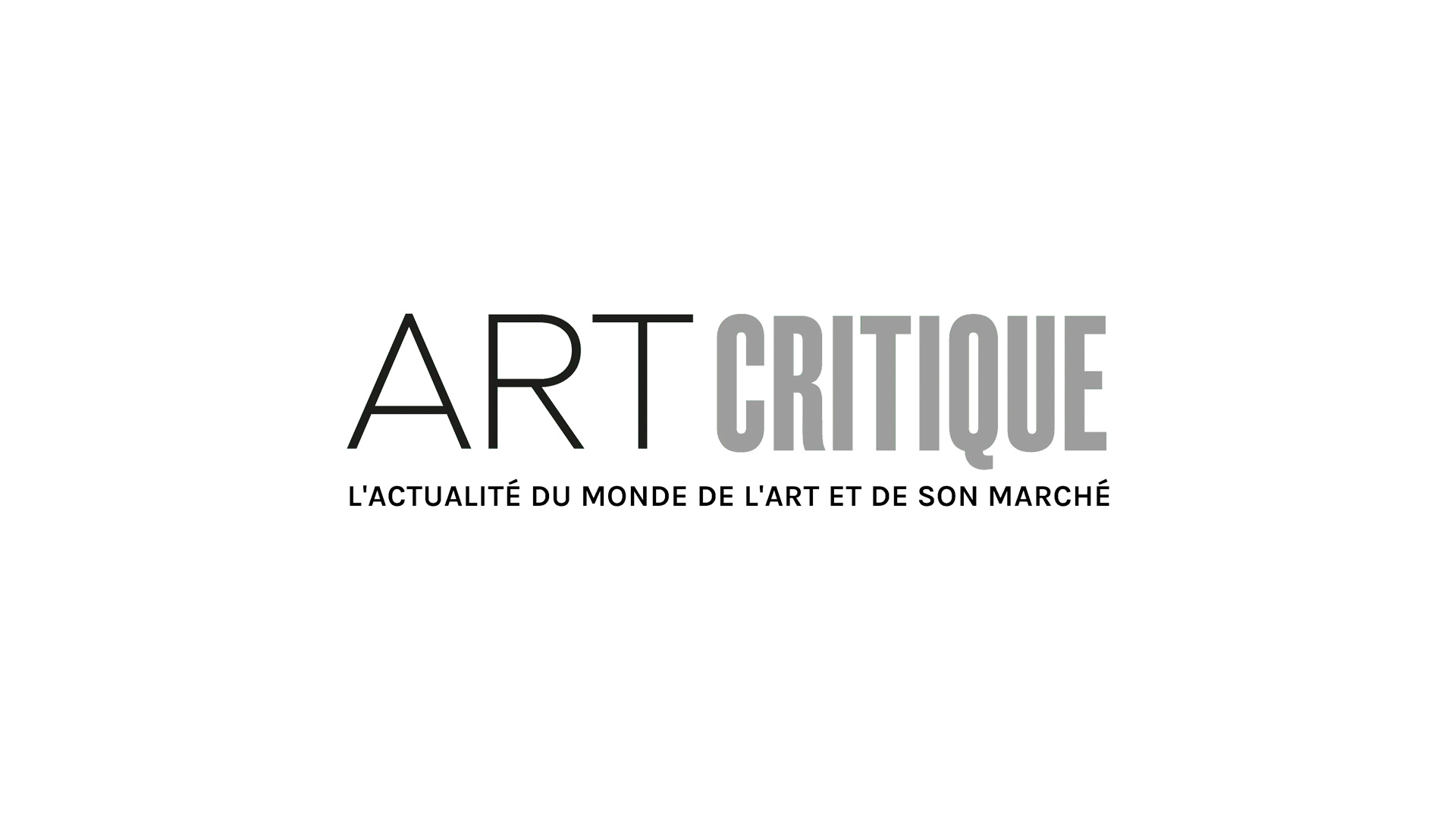Purpose of this lesson:
Street art is a relatively new movement that is becoming more and more prolific in the art world. In this lesson, we will explore the history of graffiti, which is what street art is born out of, and then explore how street art has become what it is today. Looking at the history of graffiti is critical to understand the nuances of graffiti vs. street art and to understanding the pros and cons of street art as a movement and how artists categorized as street artists have either embraced or responded to the movement.
This lesson is best geared towards secondary or high school level students. Here, we have presented the topic as an art history lesson but it could easily be adapted into a studio art lesson, too.
In the third and final part of this lesson, we will look at what street art has become today in relation to the art market and how street art has been received within the art community. Also discussed are some issues with street art. Naturally, these can be tailored to fit your lesson and the points that follow are not exhaustive by any means.
Before beginning Part III of this lesson, check out Part I and Part II.
Part III: Street Art Today
1) Start with a recap of the last two lessons. Now that students are more informed about graffiti and street art, perhaps with a few questions such as:
- How have your perceptions of what street art and graffiti are changed?
- Has that perception changed in a negative or positive way? How so?
- Have you started noticing graffiti and street art in more places? Online? On TV?
- How do you think street art is received in the art market?
- What problems do you see with street art as a genre?
2) Definitions to keep in mind:
- Secondary art market: The resale of artwork. Often times, the person selling the art has little contact with the artist.
3) Street art in the art market, museums, and galleries. This section will look at how street art has hit the main stage in the art market and made itself known amongst galleries and museums.
Street art has come a long way since it was born out of graffiti. It has arguably become the most accepted form of graffiti and in recent years, it has become one of the most sought-after artforms. In a recent report, Jean-Michel Basquiat, Banksy, KAWS, and Keith Haring are among the hottest artists when it comes to auction results. In 2019, Basquiat brought in a staggering $93.8 million and KAWS trailed only by a little seeing $90.3 million in sales. Their success is nearly neck and neck in the secondary market. Haring and Banksy totaled up with around $25 million in sales each. The success of these artists and number of others show that right now, collectors are looking to expand and round out their portfolios.

Earlier this year, an installation painted by Keith Haring in a New York City youth centre was extracted from the building, which was sold by the church that owned it. The mural, which measured 85-feet long and spread across more than 10 large slabs, included some of Haring’s iconic figures and was sold at auction for more than $3.8 million. An exhibition of works by Basquiat, which included a number of rarely seen works, sold out of tickets in hours and forced the exhibition to be extended to accommodate demand. Additionally, there are countless online articles that advice prospective collectors on how to collect street art and what to look for when purchasing a street artwork.
Its growing popularity as an artform, particularly in the secondary art market, has led to record-setting auction results and caused some artists to revolt. Banksy is responsible for one of the most notorious rebellions against the amount spent on art, in general, when in 2018, the artist shredded his own artwork when it sold for £1 million. The stunt didn’t go quite to plan when the shredder malfunctioned and Girl with Balloon (was only partially shredded but the after the performance that shocked auction-goers, the artwork was renamed Love Is In The Bin. Ironically, the artwork may actually be worth more now that it has been a part of one of the world’s biggest shocking events.

In addition to its appeal to collectors and museums, street art also supports tourism in some cities. Chicago has even put together a database to safeguard street art and works of graffiti after a commissioned work by Blek le Rat was mistakenly painted over. The database does require that works submitted to it be legal, but it is also a resource for people visiting the city to know where to find particular works. In Bristol, Banksy’s hometown, a quick google search yields many maps that can direct you to all the artist’s works around the city.
Street art has also made its way into museums and galleries to stay. Recently, JR opened an exhibition of works at the Brooklyn Museum in New York, which features artworks by the anonymous artist that were specifically made for a gallery setting. Retna has also exhibited in a number of exhibitions and fairs including some of the art world’s biggest stages, like Art Basel.
4) But what about the pitfalls of street art? Do artists agree with the label ‘street art’? How has commercialization affected street art and street artists?
For all its momentum, there is some pushback from artists and writers who have been dubbed street artists. In an interview with the New York Times, JR said: ‘I don’t really like the term “street art.” My studio was the street for a lot of years, just because I had to install my work anywhere I could, and I didn’t know anything else. For me it’s art whether it’s inside or outside. Sometimes it doesn’t work in a gallery.’ JR isn’t alone, either. Other artists whose works have been coined street art don’t appreciate the categorization of their work as such. Paul Walsh, a New Zealand-based artist, disclosed in 2018 that he ‘hatehatehate[s]’ when his work is labeled as street art. Many feel that street art, as a category diminishes the quality and purpose behind their work, particularly as street art has been adopted by businesses that use street art styles as a marketing ploy. However, artists’ reasons for liking or disliking the label vary and problematic it might be, it isn’t the first time artists haven’t liked their art being put into a genre and, unless the art world abandons such labels all together, it certainly won’t be the last.

Another issue that crops up with street art is the connotations that surround street art, particularly when it is compared to graffiti. Sometimes, graffiti and street art become terms used to give value to a work and graffiti tends to be associated with ‘bad’ art or a negative view towards something while street art is more often associated with ‘good’ art or a positive feeling towards a work. Naturally, art is subjective and both street art and graffiti can be dubbed good or bad art, if you even categorizes it as art (but that’s an entirely different argument), by different people. However, it is highly problematic to use graffiti in a negative manner when it is an entire sect of art in and of itself.
A final topic worth discussing is how street art has been co-opted for mainstream marketing and products. Posters, clothing, phone cases, furniture, and many other products have adopted the style of a number of graffiti writers and street artists. While some artists have encouraged this, like KAWS, who has teamed up with fashion brand UNIQLO on a number of occasions, others have taken legal actions to stop the use of their images without permission.

5) Part III lesson wrap-up
Activity:
- For a studio class, after having completed a critique, have student continue working on their graffiti or street artwork. Their work should be a finalized work that corresponds with your usual rubric. At the end of the project, have a final critique during which students can discuss their works and topics like what they found to be challenging, rewarding, and what they might do differently next time.
- For an art history class, students should feel prepared to continue their essay on a chosen topic within street art or graffiti. If possible, a presentation accompanying a completed essay might be insightful for fellow students.
RESOURCES:
Artprice by ArtMarket Presents the Top 25 Street Artists: Banksy’s Success in Not a Market Anomaly
Google Arts & Culture: Street Art
‘Mural’ vs. ‘Graffiti’ vs. ‘Street Art’: my definitions.
PBS NewsHour ‘The History of American Graffiti’: From Subway to Gallery’
TedEd ‘Is graffiti art? Or vandalism?’ by Kelly Wall
The Difference Between Street Art and Graffiti







